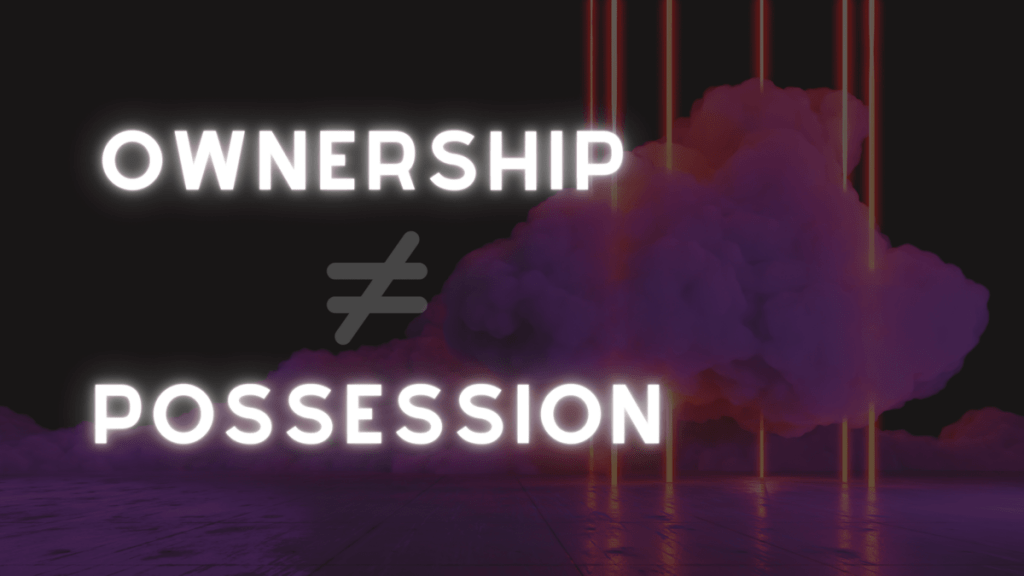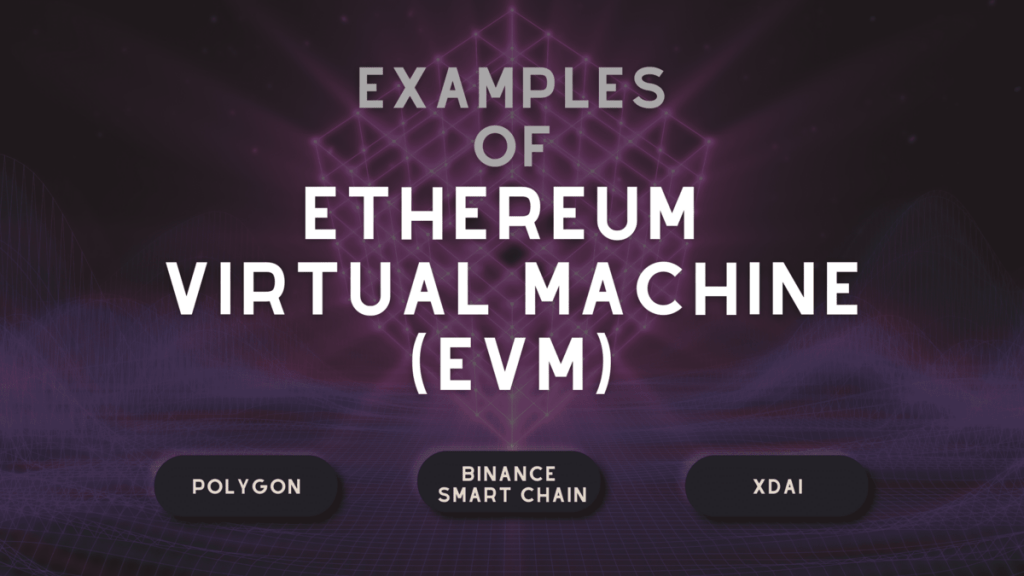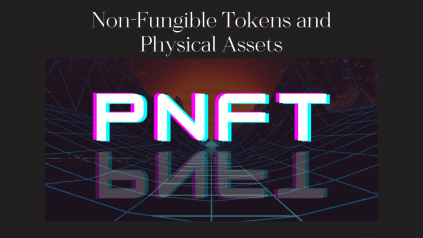NON-FUNGIBLE TOKENS (NFTS) AND PHYSICAL ASSETS
THE EMERGENCE OF PNFTS
We have previously provided a brief overview of what Non-Fungible Tokens (NFTs) are and their different use cases, which can be found here. This article will go into more depth on physical NFTs and explain, at a foundational level, their regulatory mechanics.
WHAT IS A PNFT?
PNFT is short for Physical Non-Fungible Token. It represents ownership of a physical and tangible item, for example a car or a diamond.
HOW DOES A PNFT WORK?
A PNFT is the movement of ownership of an asset via a token, whilst possession of the asset remains with a third party. The third party must provide options to the owner to retrieve their physical asset. However, ideally, a PNFT is not retrieved – this way, value can be easily and continuously traded.
To understand PNFTs, it is important to understand the concepts of ownership and possession, as explained below.
OWNERSHIP
Ownership means you have legal title over something. You can hold ownership of something without possessing it. For example, you own the money in your bank even though you are not in possession of that money.
Ownership allows you to (in most circumstances) claim possession over something in your personal capacity. For example, if you deposit money in your bank, you should be able to go to an ATM to take it out whenever you so choose. In relation to PNFTs, ownership rights are represented by the token. If you own the token, you own the physical item it represents.
Thus, ownership can be moved, traded, bought, and sold via the token changing hands (changing wallets).

POSSESSION
Possession means you are holding an item or asset, but you do not necessarily own it. For example, you may be walking in a park and come across a phone on the ground. Say you pick it up and place it in your pocket: at this point in time, you are not the owner of the phone, but are simply in possession of it. The person that purchased the phone is still the owner, even though you are the one in possession of it.
The third party that safely stores the physical asset of an NFT holds possession of the asset, but they do not hold ownership as they do not own the token that represents ownership.
As previously discussed, ownership and possession are two distinct concepts. Each concept is critical to a PNFT’s mechanics.
It may be difficult to wrap your head around the particular mechanics as to why a token represents ownership – however, a competent lawyer will draft the relevant contracts to allow it to happen.
To establish a PNFT, at a minimum, you will require the following:
- Third Party Custody Provider (TPCP) – A third party custody provider is critical to the operations of a PNFT, as the third-party provider must safely store the relevant assets. The third party will hold possession of the assets whilst ownership is traded. The TPCP will generally be liable for any damage to the assets whilst in its possession. The third party must provide an option for the person that holds ownership to retrieve the physical asset. TPCP may charge a fee to allow people to retrieve the physical asset.
- Insurance – It is highly recommended that the TPCP takes out insurance on the assets as people may not trust a TPCP that does not have insurance, as if the item is damaged or stolen, the TPCP may not have the funds to pay for the damaged or stolen items.
- Legal Agreements – Legal agreements and structuring need to be established to allow for the ecosystem to be compliant with relevant laws and regulations.
- A Non-Fungible Token – A NFT is required to allow for the transfer of ownership.
- An Issuer of the PNFTs – An issuer needs to be established to create the NFT for particular assets. It is recommended that the issuer is separate to the TPCP.
ADVANTAGES OF PNFTS
Access to Assets – PNFTs can provide the public access to assets that are not usually readily available for purchase online. For example, to own a high value vintage car, you generally need to negotiate or wait a few days or weeks to actually receive ownership of the car: it is not readily purchasable on your phone at any time. With the use of PNFTs, any individual may tokenise their asset and place it on a marketplace.
Speed of Trading – As the PNFT represents ownership, it can be traded, bought, or sold within a very short time frame. Generally, when a Non-Fungible asset is sold, the asset must be delivered prior to the asset being able to be resold.
Liquidity – Some assets are of high value, but are not liquid and can be quite difficult to buy or sell. The creation of PNFTs allows for global trading: anyone can purchase ownership as they do not need to retrieve the physical assets. Once purchased, they may instantly put the PNFT, such as a diamond, back on sale for a higher price.
Price Discovery – Price discovery for certain assets may be conducted with PNFTs. Price discovery is when the value of a particular asset is formulated from the general public (often by way of supply and demand). Price discovery will allow people to gauge the value of an asset via the placing of buy and sell orders. For example, you may tokenise a piece of art and attempt to sell it for $1 million dollars – however, there may only be buy orders for $500,000, thus causing the seller to potentially drop the sell price lower and lower until there is a strike price between buyer and seller.

BLOCKCHAIN
It is not recommended to use an enterprise solution, as a blockchain becomes far superior the more independent validators there are. Thus, a public blockchain is ideal.
The Ethereum is the most widely adopted wallet currently in existence, which may potentially increase user adoption of a PNFT project. However, currently, gas fees are too high for most people’s liking, especially when moving tokens are created via smart contract.
To be able to enjoy the benefits of Ethereum while simultaneously avoiding the downside of high transaction fees, an Ethereum Virtual Machine (EVM) sidechain may be ideal – examples include the Binance Smart Chain, Polygon, or Xdai. Sidechains will allow you to move assets between the Main Chain (being Ethereum) and the sidechain. Sidechains (should) have significantly lower gas fees than the main chain. However, whether people will want to move onto a sidechain is another potential adoption problem.
NEO LEGAL
Neo Legal are specialists in blockchain and cryptocurrency. We not only advise on your legal matters, but also assist with the commercial aspects, including product viability, sustainability, technology, and tokenomics.
